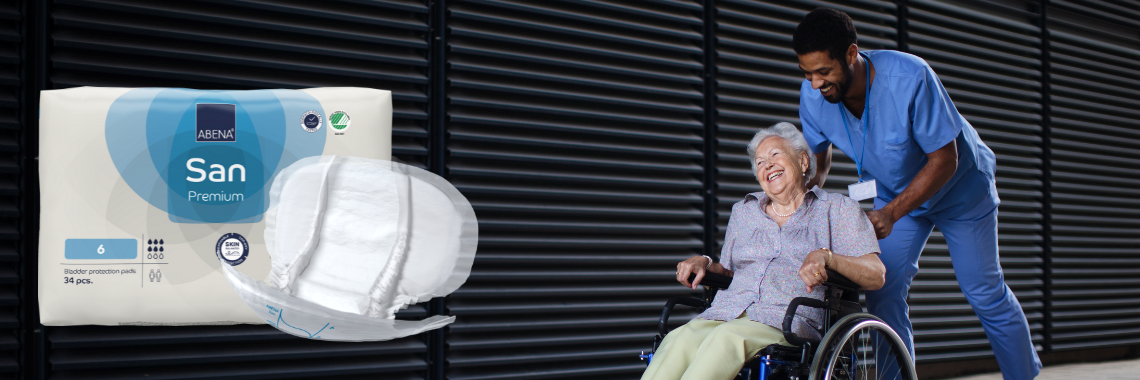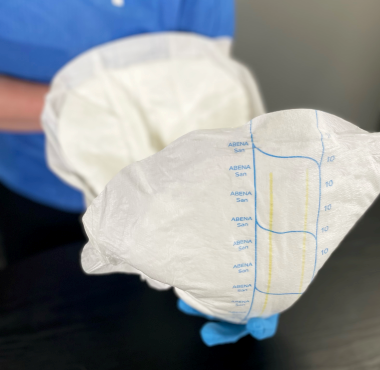Types of incontinence
There are several different types and causes of incontinence. In addition to urinary incontinence, some people may experience fecal incontinence, which is the unintentional loss of stool. There are special products available for different types of incontinence.
Understanding the type, degree and cause of incontinence (a doctor or health care professional can help with the assessment), makes it easier to choose the right incontinence product.
A doctor can also determine whether the problem is permanent or temporary, which treatments can solve or reduce the problem, and recommend the optimal incontinence products for each individual situation.
Different products – different absorbency levels
The amount or degree of incontinence is an important factor when choosing the right incontinence product. For light incontinence, a pad is usually sufficient, whereas for moderate to heavy incontinence, a slip or pant is more appropriate.
In addition, it is important to consider the absorption level of a product. Absorbency is the amount of urine the incontinence product is able to absorb and retain without leaking.
Finding the right product size
Finding the right size incontinence product is of great importance, although it is important to note that absorbency level of a product has nothing to do with the size of the incontinence product. It may sound counterintuitive, but a product that is too large actually increases the risk of leakage, while a product that is too small or ill-fitting will feel uncomfortable.
The best fit can be determined by measuring the hip circumference, which is measured by stretching a measuring tape around the widest part of the hips, about 10 centimeters below the navel.
Mobility and lifestyle affects product choice
Mobility and lifestyle are important factors to consider when choosing the right incontinence product.
For people with an active lifestyle, pants and pads are often a good choice because they are easier to change and replace by the person themselves. Inserts are available in many sizes and absorbency levels to accommodate the individuals with an active lifestyle, and are the most comfortable products to use during physical activity.
However, incontinence is also prevalent among elderly, whether in nursing homes or in home care. Estimates show that more than 25% of nursing home residents are incontinent. Because these residents are often elderly, disabled or bedridden, they are more often in need of assistance changing their incontinence product
The skin and incontinence
The skin is very sensitive to moisture and urine. As a result, people with incontinence run an increased risk of skin problems. The use of special skin care products helps to protect and care for the skin. In addition, it is important to choose incontinence products that quickly absorb the urine and keeps the surface of the inner layer dry against the skin.




